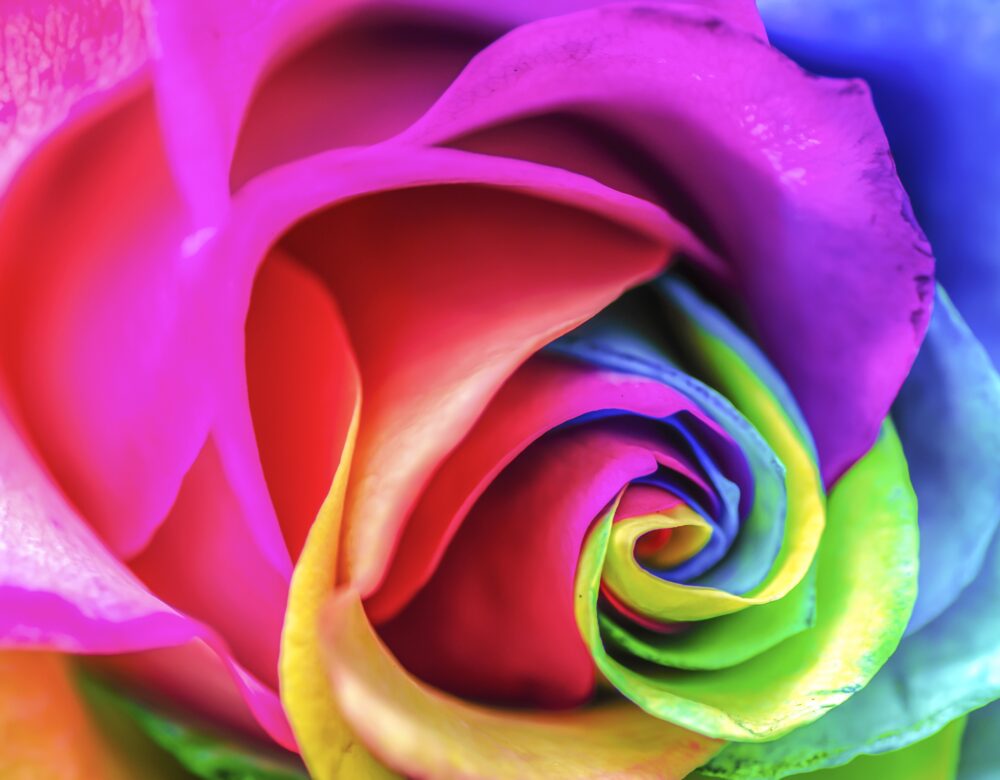One of the greatest challenges for a garden designer is to provide colour in their designs 365 days a year. Colour influences everything. It can determine our mood and the way we think and see the world. Whilst come colours are synonymous with gender or age, the garden is in a constant state of colour flux and is always changing depending on the season. Whilst plants and trees provide a fantastic colour menu for a garden designer, the ever changing entities of these provide their own challenges. The general subject of colour in a garden refers to flowers, although that these are only part of the story. Colour is created in the flooring and structures as well as garden furniture and ornaments. For the budding gardener who wants to envelope their garden in colour and to get the most from their outdoor space, here are a few tips to help you along the way.
Warm or Cool?
Colours in the garden can be categorised as warm or cool. Warm colours are generally considered to be red, orange and yellow and can add a sense of excitement whilst cool colours, being pink, blue and grey, adds a sense of calm and serenity.
Warm colours placed close to the house with cool colours placed further away can create the illusion of extra space and make a small garden appear larger. Reverse this principle to make a large garden appear smaller.
- Reds, oranges and yellows are warm and lively, but take care not to overuse them as they can overpower the eye. Team them with purples and light greens for a great effect.
- Blues bring a sense of peace and tranquillity are ideal for seating area or pathway.
- Purples are the middle between reds and blues, neither too warm nor too cool, and are a great complimentary colour for the hotter colours.
- White adds a sense of space and lightens dark corners, and are useful for interspersing between possible colour clashes to tone them down. White sandwiched between pink and red is a great example.
- Don’t forget green as a colour. It is the best canvas and complimentary colour of them all.
So how to use colour to it’s best effect?
Combining Colours
The colour wheel is a tool that garden designers use in combining colours for the desired visual effects. The colour wheel is based on the three primary colours of red, yellow and blue and how they impact on one another. Secondary colours are obtained from mixing these three primary colours, e.g. yellow and red to form orange.
If two colours from directly opposite sides of the wheel are placed next to each other they are usually complementary and vibrant such as red and yellow. If two colours, which are side by side on the colour wheel, are selected together they usually blend well. These are called analogous colours and will provide a calmer colour combination.
Put it into practice
So that’s the theory, so go ahead and put it into practice in your own garden.
Play with colour combinations and find the ones you love and can build upon. Sometimes you will get it wrong, so learn from your mistakes and try something else. Sometimes colour combination mistakes happen but they just work.
That’s the fun in trying!

